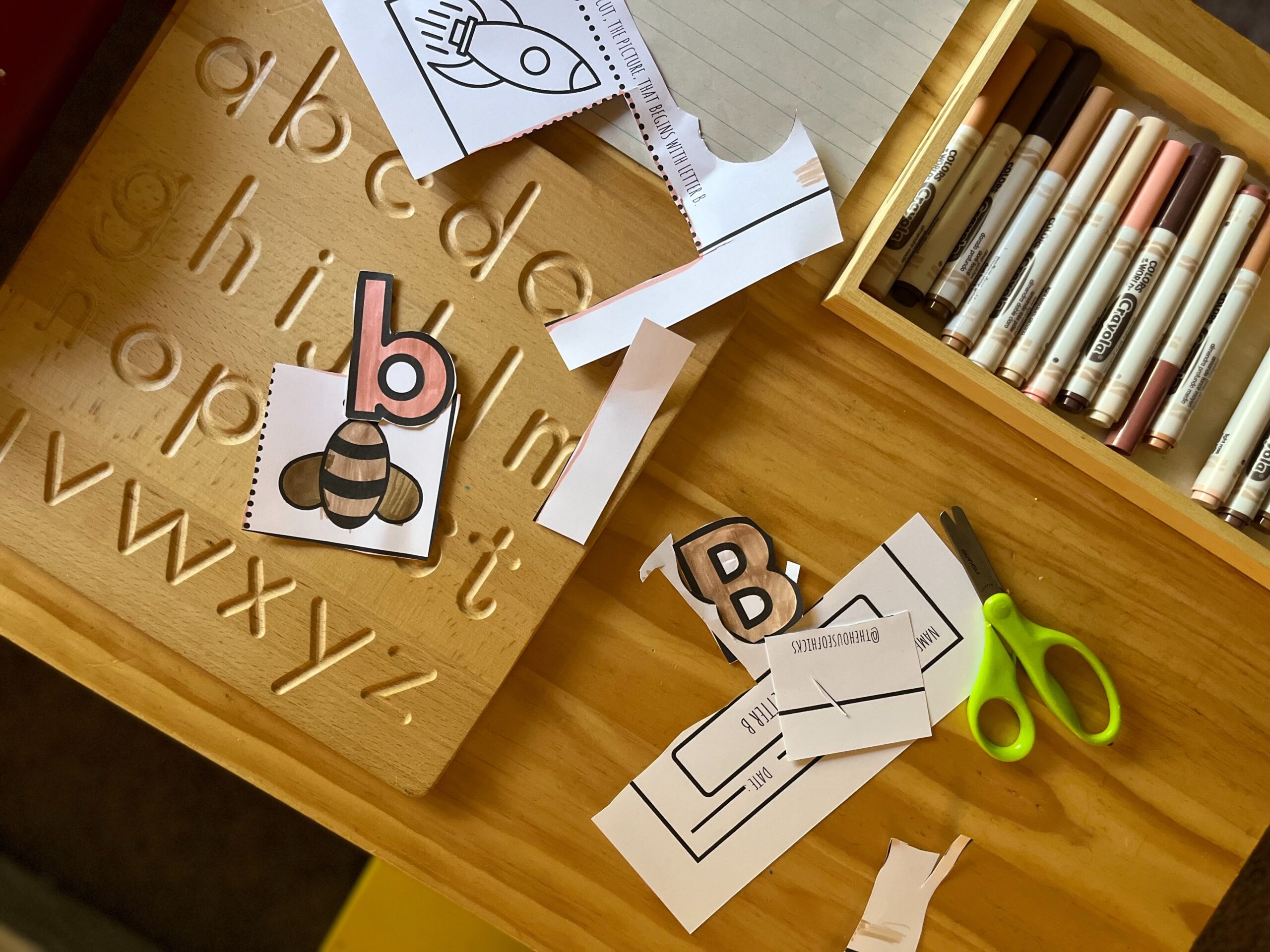Pronunciation Rules for Consonant Letters and Their Combinations
The pronunciation rules for consonants are much simpler than those for vowels.
Of the 26 letters of the English alphabet, 21 are consonants. Among the 21 consonant letters, some pronunciation rules are very simple, and some are relatively complex. First, the pronunciation of some consonants is very simple. According to their spelling, we can directly determine their pronunciation. For example, the pronunciation of the consonants b and p in a word is the consonants /b/ and /p/, such as in the words bell and past. We call them simple-sounding consonants. Second, some consonant letters have multiple pronunciations in a word.
According to their spelling, we cannot completely determine their pronunciation, but need to know their pronunciation rules. For example, the pronunciation of the consonant letter c in the words carry (k), city (s) and special (sh) is the consonants /k/, /s/ and /sh/ respectively; the consonant letter g is pronounced in the words get (g) and giraffe The pronunciations in (j) are /g/ and /j/ respectively, and we call them consonant letters with multiple pronunciations. Third, some consonants are combined with other consonant letters to form letter combinations, and these letter combinations often have multiple pronunciations.
For example, the consonant combination gh is pronounced as consonants /f/ and /g in the word laugh (f) and ghost (g), but it is silent in the word high (¢). We refer to them collectively as consonant letter combinations. Fourth, some consonant letters are not pronounced in some consonant letters, which also makes it difficult to learn words. For example, the consonant b is silent in the consonant sequence mb, as in the words comb and tomb (¢); the consonant g is silent in the consonant sequence gn, as in the words sign and for eign (¢), Whereas in the consonant sequence mn, the consonant n is silent, as in the word au tumn (¢). We call this phenomenon sometimes silent consonants.
This lecture includes four parts: the first part analyzes the pronunciation rules of consonants with simple pronunciation; the second part analyzes the pronunciation rules of consonants with multiple pronunciations; the third part analyzes the pronunciation rules of consonant combinations; the fourth part introduces some sometimes Silent consonants.







